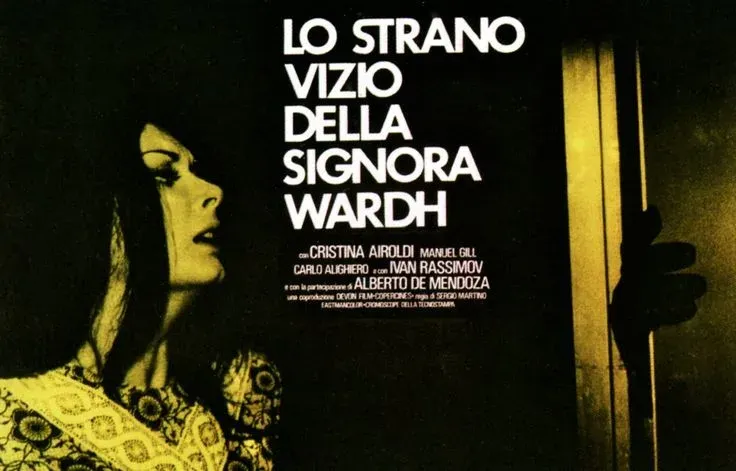Dracula (1931)
“Dracula” of 1931 was an innovative film in its genre and established many of the visual and narrative conventions that became features of subsequent vampire films.
Bela Lugosi’s performance in the role of Count Dracula became legendary, with his distinctive portrayal of the character influencing generations of actors who portrayed vampires.
Lugosi brought a sinister elegance to the character, with his Hungarian accent and hypnotic gaze helping to define the image of the vampire on screen.
The film also introduced iconic elements such as Dracula’s gothic castle and his flowing black cape, which became emblematic images associated with vampires.
Tod Browning’s direction helped create a dark and claustrophobic atmosphere, with the effective use of light and shadow to accentuate the sense of terror.
“Dracula” of 1931 had a lasting impact on the horror genre and inspired numerous subsequent adaptations of Bram Stoker’s novel, as well as many other works of cinema and popular culture.
Despite some deviations from the original novel, the film captured the essence of the vampire myth and helped make it an iconic figure in the collective imagination.
Here are some interesting facts about “Dracula” of 1931:
Alternative to Lugosi: Initially, the role of Dracula was offered to Lon Chaney Sr., known for his performances in silent horror films. However, Chaney died before production could begin.
The weak paycheck: Bela Lugosi received only $500 for his portrayal of Dracula. Despite his success and the iconic nature of the role, Lugosi never managed to capitalize financially on his celebrity status.
Non-original accent: Contrary to popular belief, Bela Lugosi was not of Transylvanian origin nor did he have an authentic accent. He was a Hungarian actor, but he learned the Transylvanian accent for the role of Dracula.
Mysterious hands: The hands seen in scenes where Dracula strokes Mina’s face do not belong to Bela Lugosi, but rather to co-star Edward Van Sloan, who played Professor Van Helsing.
Visual censorship: Some scenes considered too frightening were censored or cut in some versions of the film. For example, the scene where Renfield drinks bat blood was altered in many distributed versions.
Regional differences: There are different versions of the 1931 film “Dracula” due to varying censorship requirements in various countries. Some versions included additional scenes, while others were more rigorously censored.
These are just a few of the curiosities surrounding this horror cinema classic!







